Several years ago, as a too-young widow looking for a way to fill the evenings and weekends in my silent house, I came across an ad for a drawing class at the San Diego Museum of Art. I felt a sense of excitement, but I didn’t enroll right away.
Like many other now-adult children, I had been shut down by an art teacher who gave me a bad grade because my picture didn’t look exactly like hers.
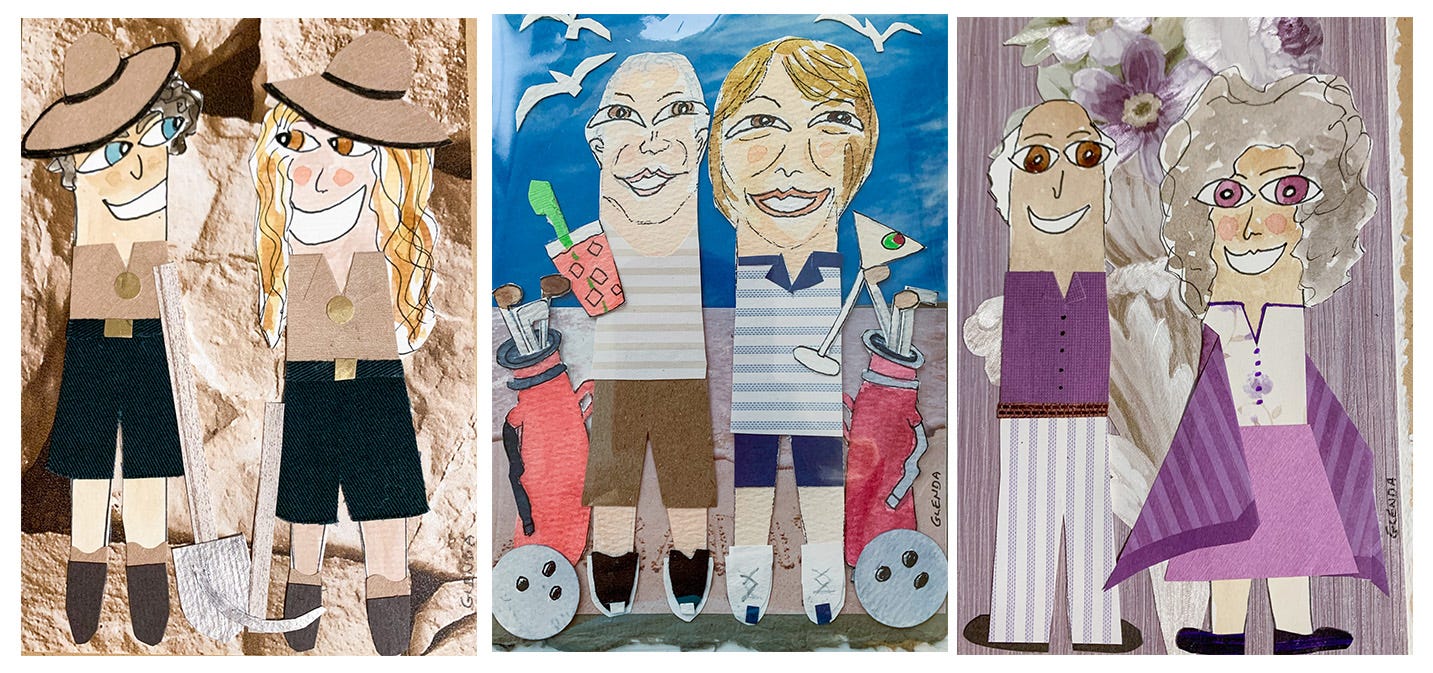
For all the years after high school I contented myself with art history classes in college and going to art museums in every city I visited. As I looked at paintings and sculptures, I always felt the same urge to create that had motivated me to write stories from the time I learned to read. Actually doing it, however, never seemed like a possibility. That same teacher had told me that my problem was I had no talent.
I kept thinking about that class at the museum, though. If I failed miserably, the threat of a bad grade going into my “permanent record” no longer existed.
If I discovered that I didn’t like it as much as I thought I would, I could get up and walk out. Meanwhile I would have something to occupy my mind besides grief. I signed up.
“I know from experience that it will make you feel alive.”
The first night of the class I went to the wrong room and met two other people who had made the same mistake. The hilarity that ensued bonded us and gave us a bright beginning to an enjoyable experience in which each of us learned to draw without worrying about whether our pieces looked like the instructor’s or what anyone else would think. When I left San Diego, I joined a watercolor group in my new city, and when I moved again it was to a house that had a loft over the garage with big windows that I turned into a studio.
My own path toward creativity has led me to three conclusions: 1) The degree to which a person has or does not have so-called “talent” doesn’t matter, 2) You don’t have to draw or paint to be an artist and 3) creativity doesn’t have to be about art at all.
Three people I know took up playing a new musical instrument during the pandemic and have kept at it ever since because it brings them so much pleasure. Another friend cooks fabulous meals using ingredients she has grown herself. There is something out there for everyone — knitting, cooking, gardening, inventing, writing and the list goes on. The medium I landed on was collage, which nearly every day takes me out to my sanctuary to cut and paste as much as I want.
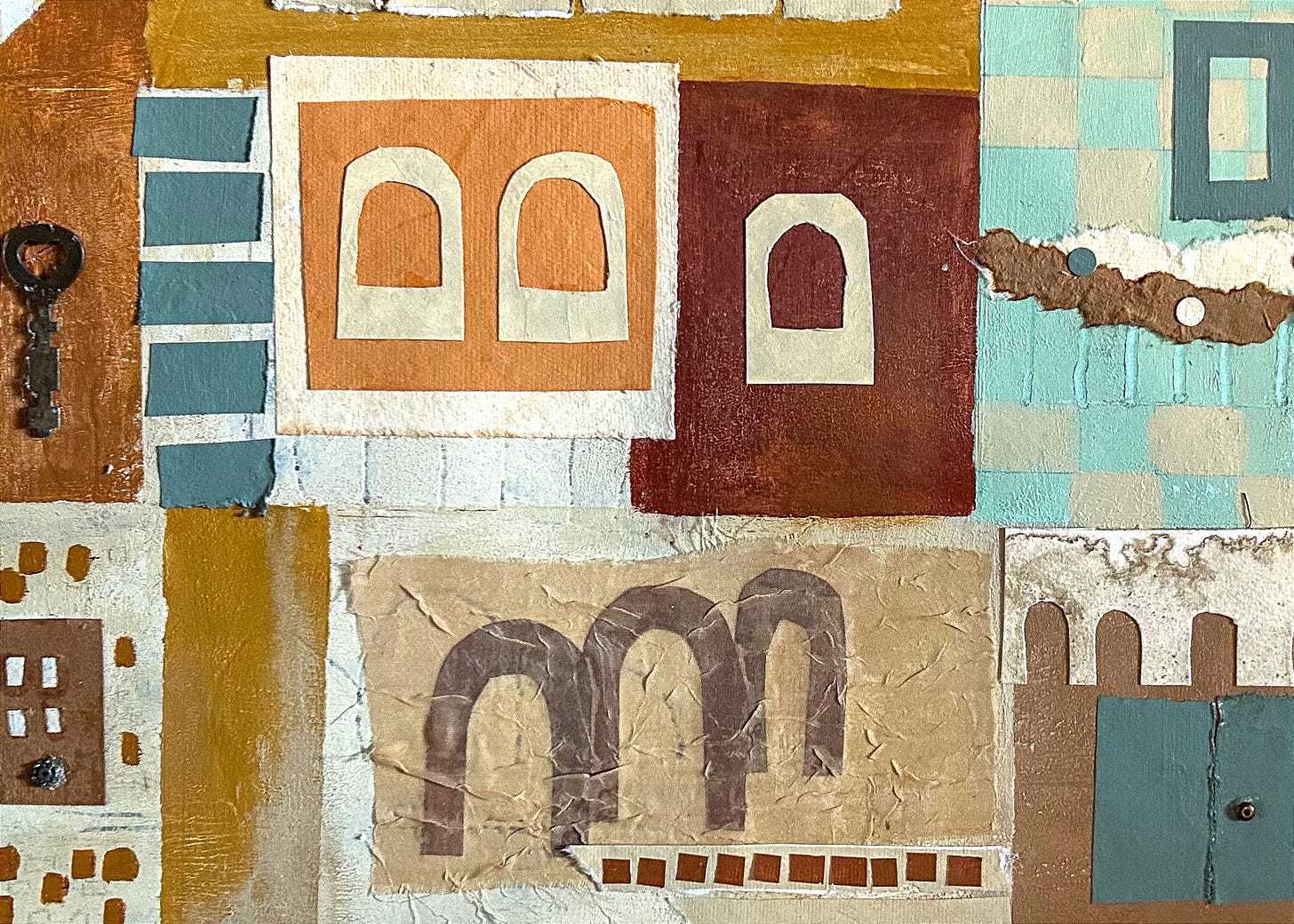
This path also led me to the book I just finished reading, “Your Brain on Art: How the Arts Transform Us,” by Susan Magsamen, founder and executive director of the International Arts + Mind Lab, Center for Applied Neuroaesthetics at the Johns Hopkins University School of Medicine, and Ivy Ross, a chief designer at Google, among several other accomplishments. The findings of the many studies they quote support everything I already believed and a lot more.
The pair cite papers by renowned physicians and scientists who have concluded that beyond providing gratification, creativity can actually promote healing and extend a person’s life.
They tell about soldiers who make masks to achieve some relief from their PTSD, burn patients whose treatments are less painful when art is involved, and people working their way through tragedy by drawing and writing. Their myriad examples indicate that people who do something creative each day are kinder and more generous, more open to embarking on collaboration and creating community. Children who grow up in homes where creativity is a value are better adjusted and happier.
The authors’ research also led them to deduce that it is never too late to begin. Senior citizens receive the same benefits as adolescents once they find the creative endeavor that lights them up. The book is a plea for everyone to add this new component to their lives.
To get started with a creative practice, they suggest beginning to notice what is going on in the environment around you, a pastime that has all but disappeared for some demographics with the advent of technology and social media. That idea led me to a book called “The Art of Noticing: 131 Ways to Spark Creativity, Find Inspiration, and Discover Joy in the Everyday” by Rob Walker. In it he suggests exercises such as to look out a window, listen for a sound, keep a nature log, take a different route, misuse your tools, imagine simple objects as art, sketch a room you just left from memory, speak to a stranger, spot something new every day and 122 others. Walker also produces a blog that he says is “for people who want to stay interested in life.”
A drawing teacher I admire is Danny Gregory, so when I saw that he was offering an online course called “Start Your Sketchbook Journal,” I signed right up.
To my delight, the subject matter he teaches is learning to notice and sketch one’s surroundings for 31 days. I thought I was already pretty good at being aware, but at day 16, I am already amazed at what I have found to draw. My sketchbook is filling up with pictures of something on my desk that has emotional significance (in my case a fig candle that came in last year’s holiday box from England), a small gift from the world (an art display in an office where I was waiting for an appointment), a drawing that can tell a story without words (a house in my neighborhood having new windows installed) and many others. It turns out the discovery alone is as much fun as the drawing.
So I join the authors of these books (and many others on the same topic) in hoping that anyone who doesn’t already have a creative practice will find one. I can promise that it will make for positive changes. I know from experience that it will make you feel alive.
—
Glenda Winders is a novelist, freelance writer and copyeditor for Napa Valley Features.
Poem of the Day
Let Me Not Forget
By Rabindranath Tagore
If it is not my portion to meet thee in this life
then let me ever feel that I have missed thy sight
---let me not forget for a moment,
let me carry the pangs of this sorrow in my dreams
and in my wakeful hours.
As my days pass in the crowded market of this world
and my hands grow full with the daily profits,
let me ever feel that I have gained nothing
---let me not forget for a moment,
let me carry the pangs of this sorrow in my dreams
and in my wakeful hours.
When I sit by the roadside, tired and panting,
when I spread my bed low in the dust,
let me ever feel that the long journey is still before me
---let me not forget a moment,
let me carry the pangs of this sorrow in my dreams
and in my wakeful hours.
When my rooms have been decked out and the flutes sound
and the laughter there is loud,
let me ever feel that I have not invited thee to my house
---let me not forget for a moment,
let me carry the pangs of this sorrow in my dreams
and in my wakeful hours
About the author: Rabindranath Tagore (1861–1941) was a Bengali poet, writer, composer and visual artist who reshaped modern Indian literature. He was the first non-European to win the Nobel Prize in Literature in 1913. Tagore’s vast body of work includes poetry, plays, songs, short stories and essays, written primarily in Bengali and often translated into English by the poet himself. His collection “Gitanjali” introduced him to Western audiences, with W.B. Yeats among his early admirers.
“Let Me Not Forget” is drawn from “Gitanjali” and reflects Tagore’s signature style — lyrical, spiritual and meditative. His poetry often explores the human longing for beauty, connection and renewal, making his work enduringly influential across cultures.
How this poem connects to the article: The poem’s quiet emphasis on awareness and mindful presence echoes the article’s encouragement to engage with life through creative practice. Both suggest that attentive, everyday creativity can bring healing and renewal.
Are you a poet, or do you have a favorite piece of verse you'd like to share? Napa Valley Features invites you to submit your poems for consideration in this series. Email your submissions to napavalleyfeatures@gmail.com with the subject line: "Poem of the Day Submission." Selected poets will receive a one-year paid subscription to Napa Valley Features (a $60 value). We can’t wait to hear from you.
Today’s Caption Contest
Pick your favorite caption or add your own in the comments below.
Possible Captions:
“Honestly, I was hoping for a rain delay.”
“I forgot to bring sunscreen.”
“Try to keep up.”
“Let’s pretend this means something.”
“Technically, we’ve already finished.”
Last week’s contest results
In “Sunday E-dition: The Market Basket Sandwich Guide,” the winning caption was, “How long do you plan to stay?,” with 80% of the votes.
“How long do you plan to stay?”
“We meet again.”
“And yet, you float.”
“The prophecy is true.”
“Sir, you’re in my kombucha.”
Last Week
Tim Carl reported on rising rattlesnake activity in “Under the Hood: 2025 Is Another Busy Rattlesnake Season in Napa County,” highlighting the observations of veteran handler Len Ramirez. Ramirez, who runs Ramirez Rattlesnake Removal, noted an unusually early and active start to the season, driven by increased rodent populations following a wet winter. He emphasized education over fear, dispelling common myths and advocating for safe coexistence. The piece described the Northern Pacific rattlesnake’s behavior, habitat and ecological importance, and offered safety tips for avoiding bites. Ramirez predicted continued high activity through the fall.
Georgeanne Brennan shared “Summer Sandwiches,” reflecting on her visit to the Napa Farmers Market and the seasonal produce that inspired a trio of European-style sandwiches. Drawing on culinary memories from France and Italy, she described how local ingredients like tomatoes, eggplants, fresh herbs and artisan breads can be used to create a Pan Bagnat, a grilled eggplant sandwich with homemade aioli and a French-style grilled cheese with roasted peppers. Brennan also included additional sandwich ideas using grilled fish, rotisserie chicken and summer vegetables. The piece emphasized fresh, local ingredients and offered step-by-step recipes for summer meals.
Penny Pawl offered practical guidance in “Bonsai Basics: Essential Tips for Growing a Healthy Miniature Tree,” sharing lessons learned from personal experience and a friend's struggling office bonsai. Pawl emphasized that bonsai are outdoor plants requiring sunlight, proper watering and well-draining soil—conditions often neglected when they're kept indoors. She recounted the art form’s origins in China and Japan and its introduction to the United States, highlighting figures such as John Yoshio Naka and his famed creation “Goshin.” The piece also touched on local resources, including the Napa Valley Bonsai Club and upcoming UC Master Gardener events.
Kathleen Scavone examined the role of snakes in local ecosystems in “Snakes: Magnetic and Maligned Creatures.” Drawing from personal encounters and regional research, Scavone detailed how species such as rattlesnakes, gopher snakes and aquatic garter snakes contribute to biodiversity and rodent control in Napa Valley. She explained how to distinguish between similar-looking species and offered practical safety tips from the California Department of Fish and Wildlife. The article also explored cultural representations of snakes in global mythology, from Hopi traditions to Greek and Chinese legends. Scavone emphasized habitat preservation and respect for these often-misunderstood animals.
—





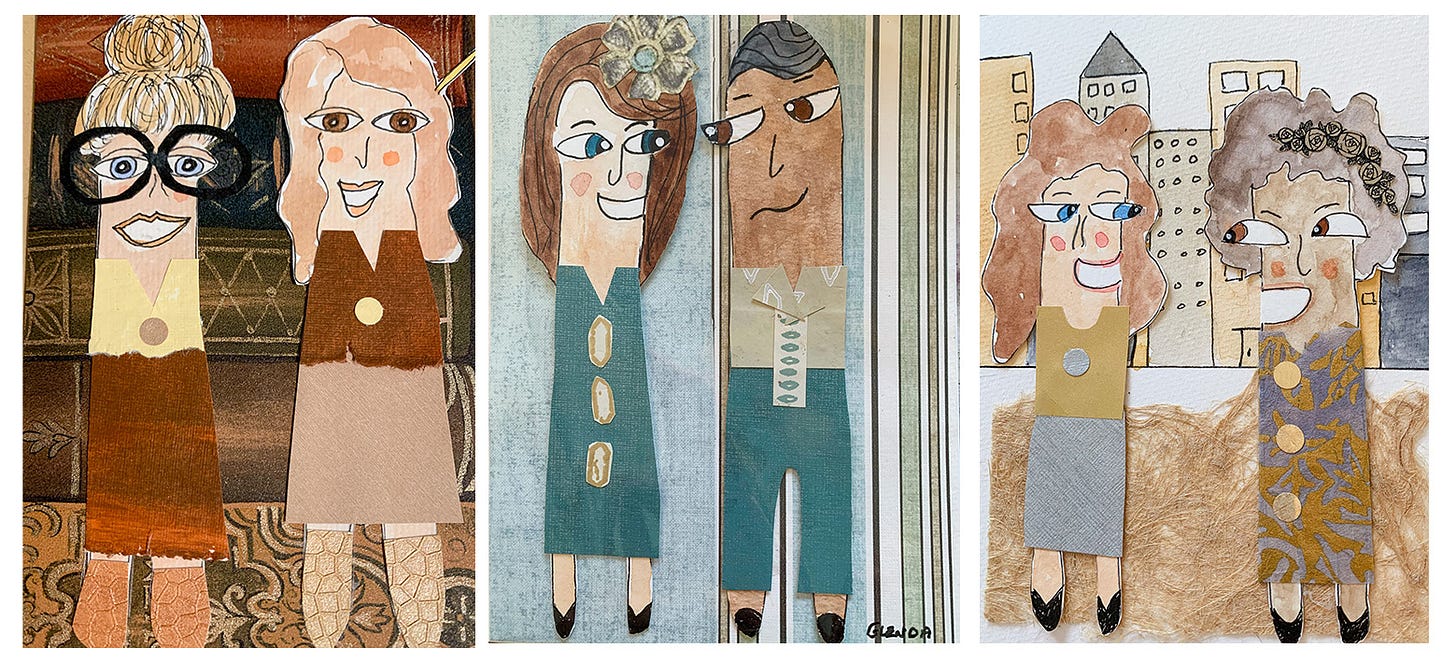
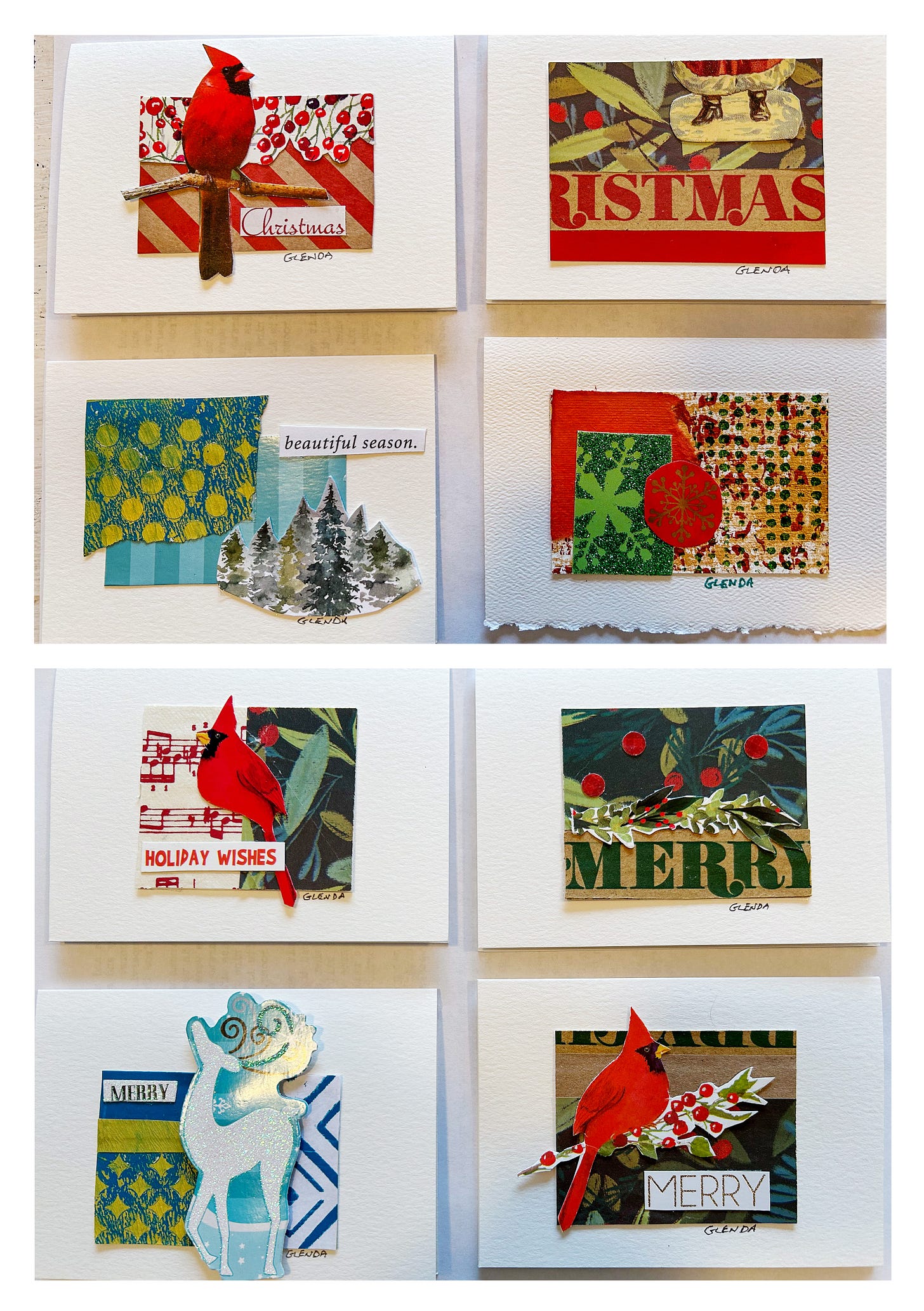
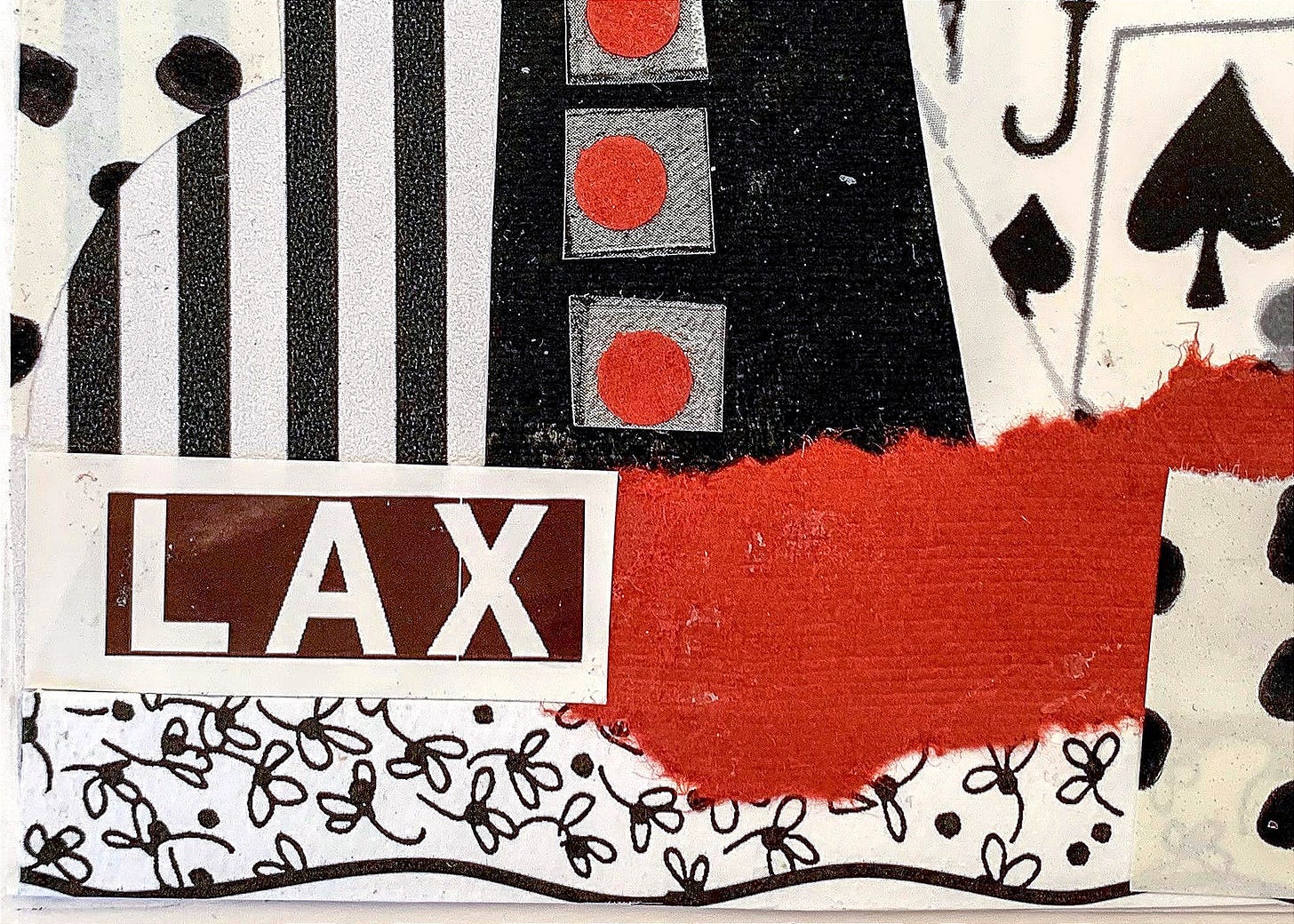
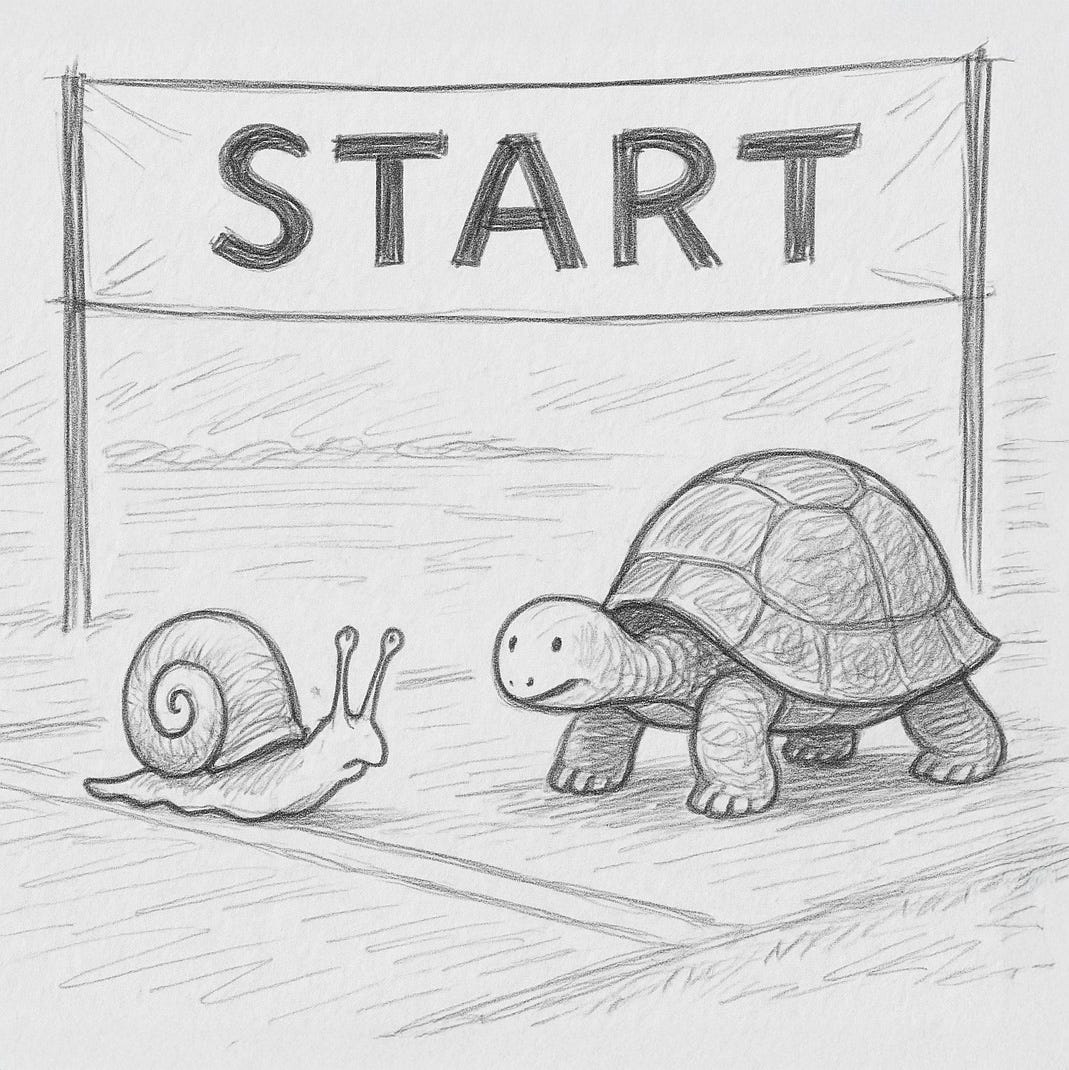
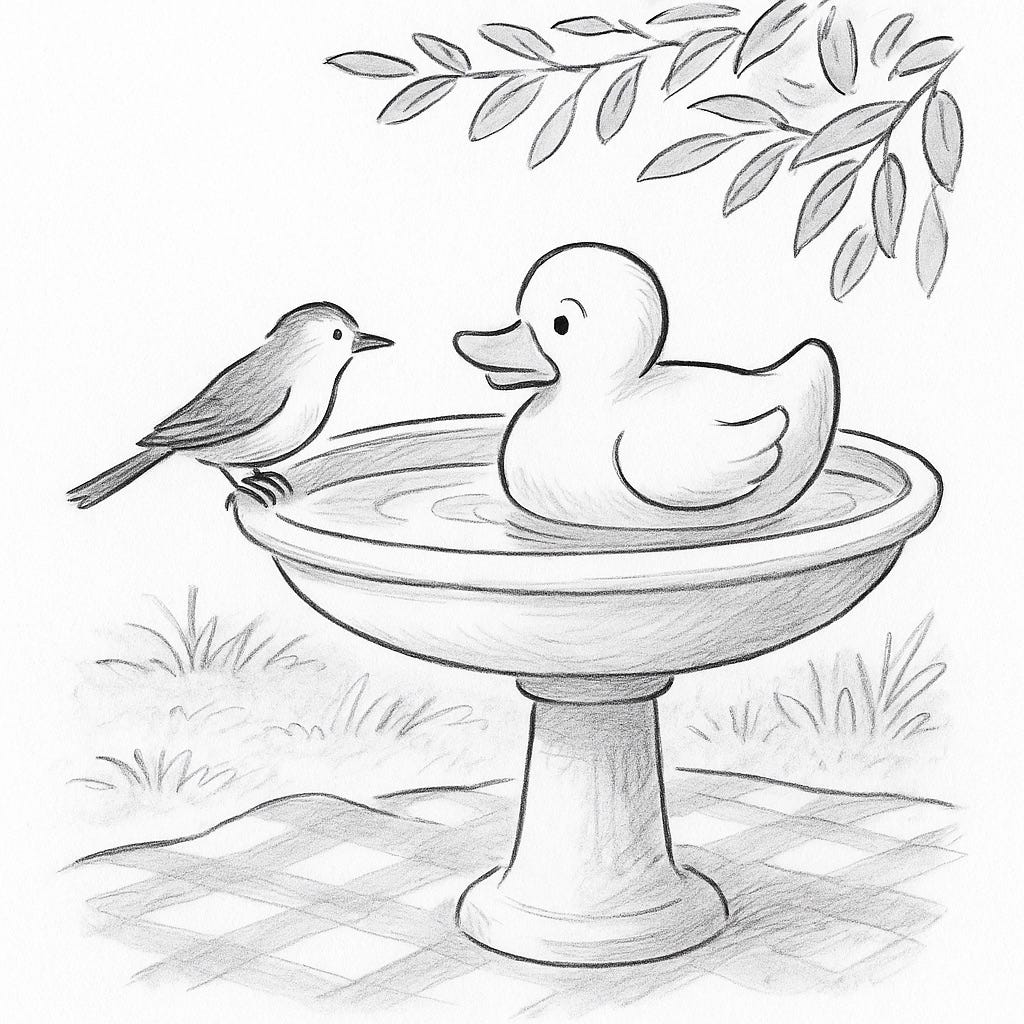
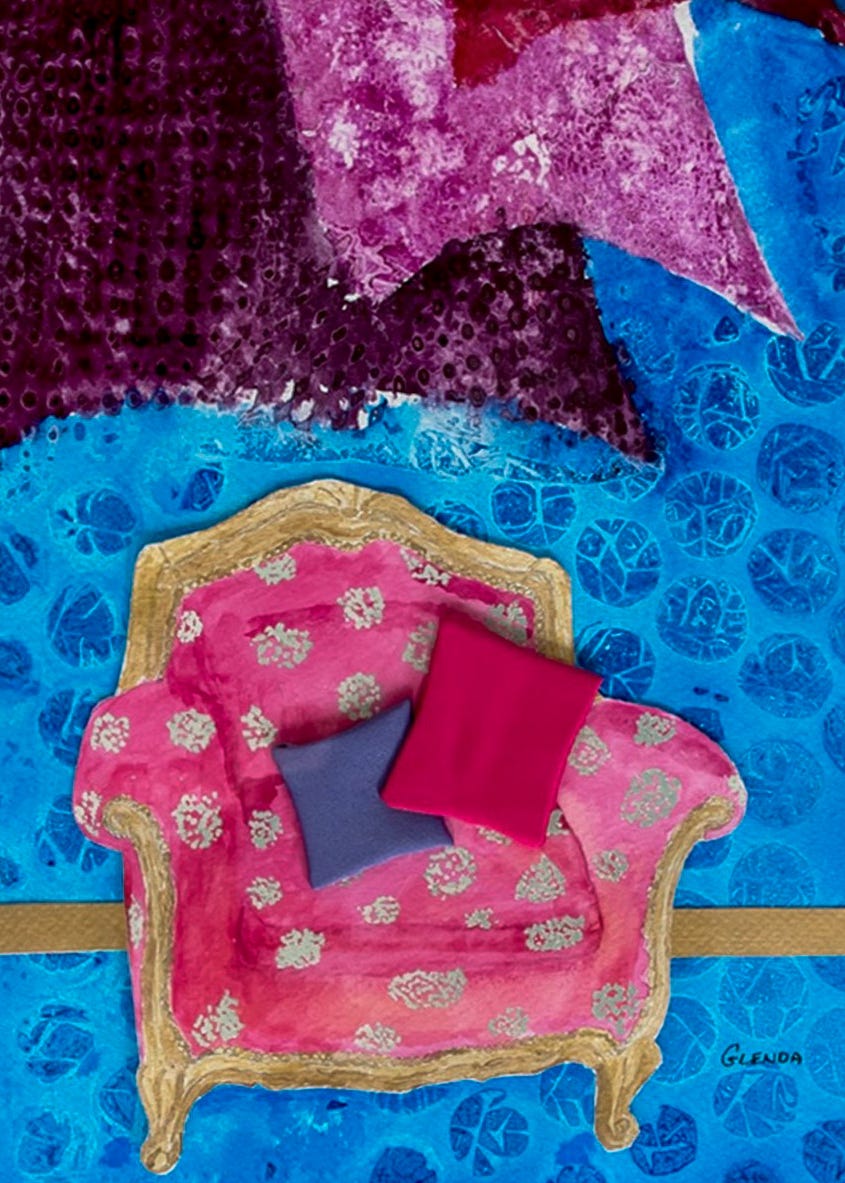

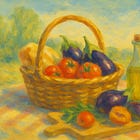
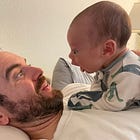

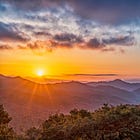

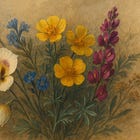


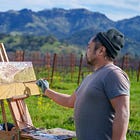
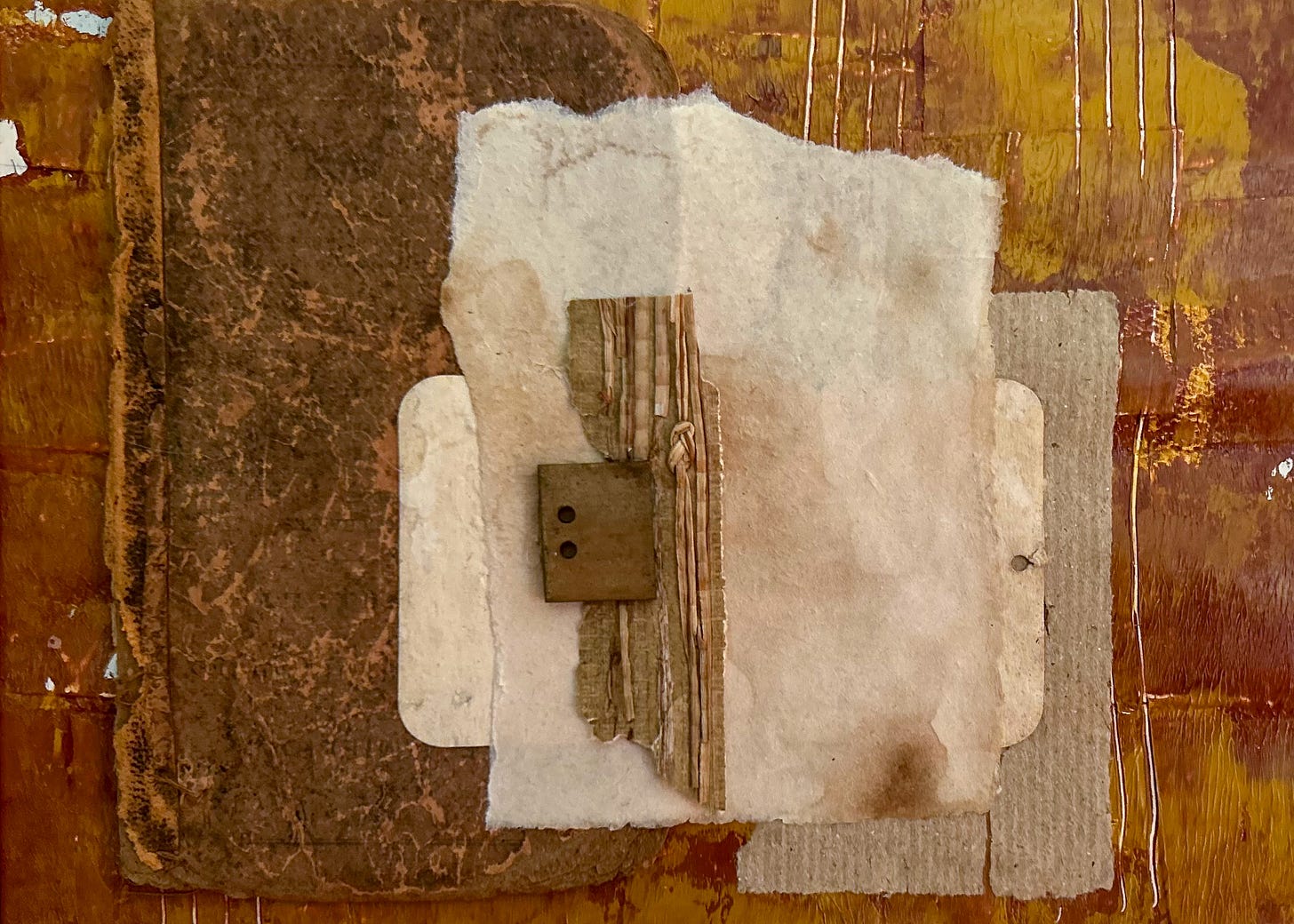
Thank you for this insightful article promoting the many powers of art and the wonderful book: Your Brain on Art. I am a co-founder of Nimbus Arts, and we featured that book in our 2023 Annual Impact Report - you may want to check it out at https://www.nimbusarts.org/2023-annual-report/. I'd also invite you and your readers to take a class at Nimbus or participate in our free community programming to experience the power and joys of artmaking in community.
The more that I saw the clothespin figures the better I liked them. Delightful humor. Thank you. Pat Dell